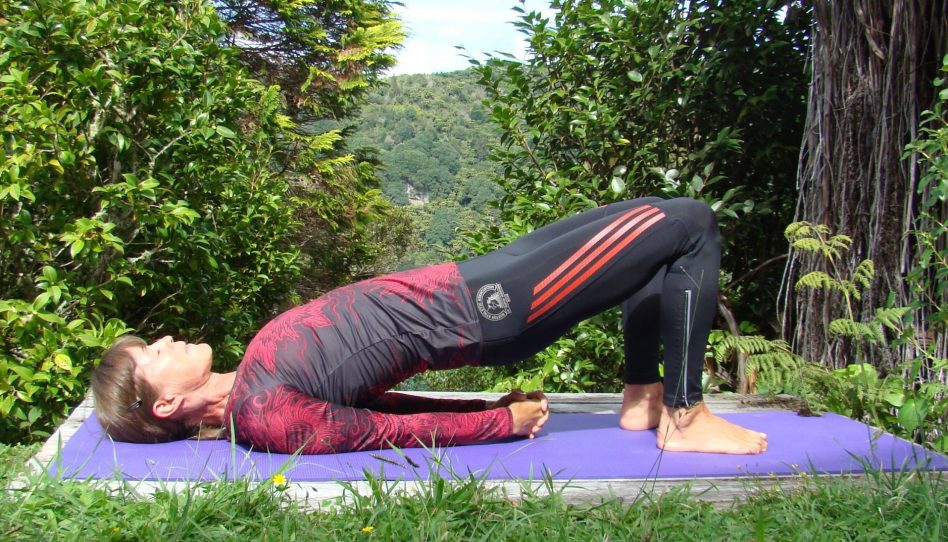Conquering the Highest Mileage Phase of Your Marathon Training
Uta Pippig is a three-time champion of the marathons in Boston and Berlin, winner of the NYC Marathon, writer and public speaker for “Take The Magic Step®” and “Running to Freedom™.” She is now also writing for the German daily newspaper “DIE WELT.”
Most of us experience challenges and difficult days that we hopefully overcome. These make us stronger and lead us to our desired success—and along the way they make us our very own heroes. We wanted it, stayed on it, made it, and had “the longer breath.”
Currently, thousands of runners worldwide are in the middle of the most extensive training phase in preparation for the important fall events, like the marathons in Chicago, New York City, Berlin, and Frankfurt, as well as countless half-marathon and ultra-races. There may already be some questions in their minds—even doubts, perhaps—whether this most extensive training phase, which is from six to three weeks before the competition, can be completed successfully.
Please, read the following too: “Running on Warm Summer Training Days“

This three-to-four week stretch with the highest mileage and longest runs is crucial in preparing us for what we need in the race: tremendous stamina and the ability to keep up the planned average speed to the finish. Without this current important training phase it will not possible to stick to our race plan. We are physically and mentally strengthening body and mind before we move into the taper phase—the reduction phase—in which we are still able to get in shape with less distance but more speed in the final weeks before the race.
This phase is only three or four weeks of the entire preparation, of the entire training cycle—you can do it! So my advice today is on how to get through this toughest training phase: cleverly and ideally with a cool focus that concentrates on the essentials so you do not lose yourself mentally in small things.
Start Every Workout Feeling Fit
If only that would be so easy. We know that success depends on many factors. The deep desire to make it, of course, and on good health and staying injury-free. But also on achievable goals and a certain amount of luck, which, as is well-known, increases the better we prepare. Most importantly it depends on perseverance!

You have already come so far in your preparation. If you realize that it takes only about three to four weeks of full concentration—a manageable period of extensive training—then you already have the key to success. This increases courage and gives necessary self-confidence. Stay completely focused, even if this means only from one run to the next. Each workout will bring you closer to your goal. This realization can inspire you and help you to release more energy.
All aspects of your training in the coming weeks, including proper recovery between each training session, will make significant contributions to how well you will complete your race. Therefore, ensure that you are always fit for any upcoming important workout.
These recovery phases in between hard training periods of your program, of course, vary individually, and depend, among other things, on training age, frequency and performance level. Sufficient recovery between single workouts is also necessary in order to stay healthy and avoid “overtraining.” Only with proper recovery can you make the best progress, improve your fitness as quickly as possible and as a result improve overall ability. This way, the body will be able to transform all those miles you’ve completed into optimum form—and build on it, without any losses, during the coming final training block, the Taper Phase.
The Mind Gets Tired as Much as the Muscles
Achieving this balance of stress and recovery is not automatic for people with busy, demanding jobs. Often there are lots of different things on the schedule at the same time: family, friends, work, projects, events, traveling—not to mention running! Good organization is the only way of mastering this entire complicated/challenging situation. Long-term planning, especially for those who have ambitious goals for their race, is essential.

Our strength reservoir is not inexhaustible; the immune system cannot be endlessly stressed. Those who disturb the balance between high workload and recovery too much and for a long period of time—in training and in life—are playing with fire, increasing the danger of injuries, overtraining, and illness.
There is a high chance that we will not achieve the desired results if we push ourselves too much mentally during this extensive and intense training phase. For running we do not just need the body but also the mind—which tires just like the muscle cells.
Because of all the above mentioned aspects, I recommend that you carefully plan this important part of your preparation, discuss it with your family and, if possible, create some extra time. Enlist friends, training partners and your loved ones to become part of your goals, accompanying and supporting you on the way. You can even become a motivator for others.
Maybe nothing can hold you back now and you want to follow the motto “Close your eyes and just go.” But a word of caution! With this approach you can only achieve the desired result for a single workout or a short-term training phase. But remember here, especially, the balance between stress and recovery and always keep a cool focus.
On race day, you will be prepared, knowing you can overcome difficult situations. Hold on and keep the long breath—for your marathon you will need it all.
Yours,

Adapted from my column „So überstehen Sie die umfangreichste Trainingsphase“ in DIE WELT with permission.
*Uta Pippig, 51, is one of the most successful female marathon runners of the ’90s. She has won Berlin and Boston three times each. Today she lives in Berlin, Germany, and in Boulder, Colorado, and with her organization “Take The Magic Step®” she commits herself to increasing people’s awareness in the areas of fitness, nutrition and health.
Reading Suggestions:
- Tapering: Maximizing the Remaining Weeks of Training Before Your Marathon
- Keeping A Cool Focus: Just A Few More Days Until Your Marathon Celebration
- Posted August 24, 2017
© Copyright 2017-2025 Uta Pippig and Take The Magic Step®. All Rights Reserved.
More Insights

Uta’s Favorite Exercises to Improve Your Fitness and Running Technique
Uta Pippig has designed an at-home fitness program which only uses your own body weight, steps, and a Theraband. They are eight exercises that Uta often does herself.
Uta’s Yoga and Stabilization Guide for a Better Running Technique
Runners, especially, can benefit from a well-balanced yoga and stabilization program. Uta suggests effective combinations of poses and exercises that have helped her gain the flexibility and balance that can lead to a better running technique for everyone.
How a Clever Mental Focus Can Get You Through Running Injuries
Running injuries can be devastating, but learning to focus mentally can speed up the healing process. Uta explains how the forced break from running can actually provide future benefits.